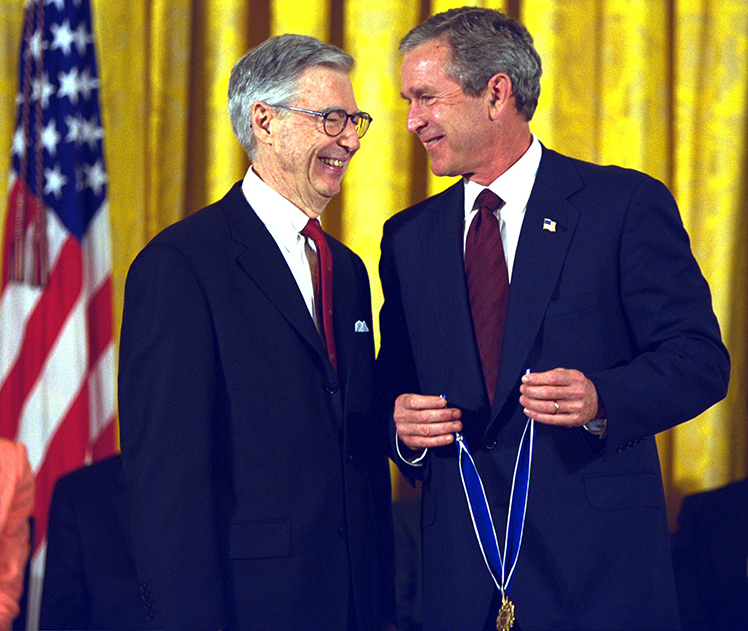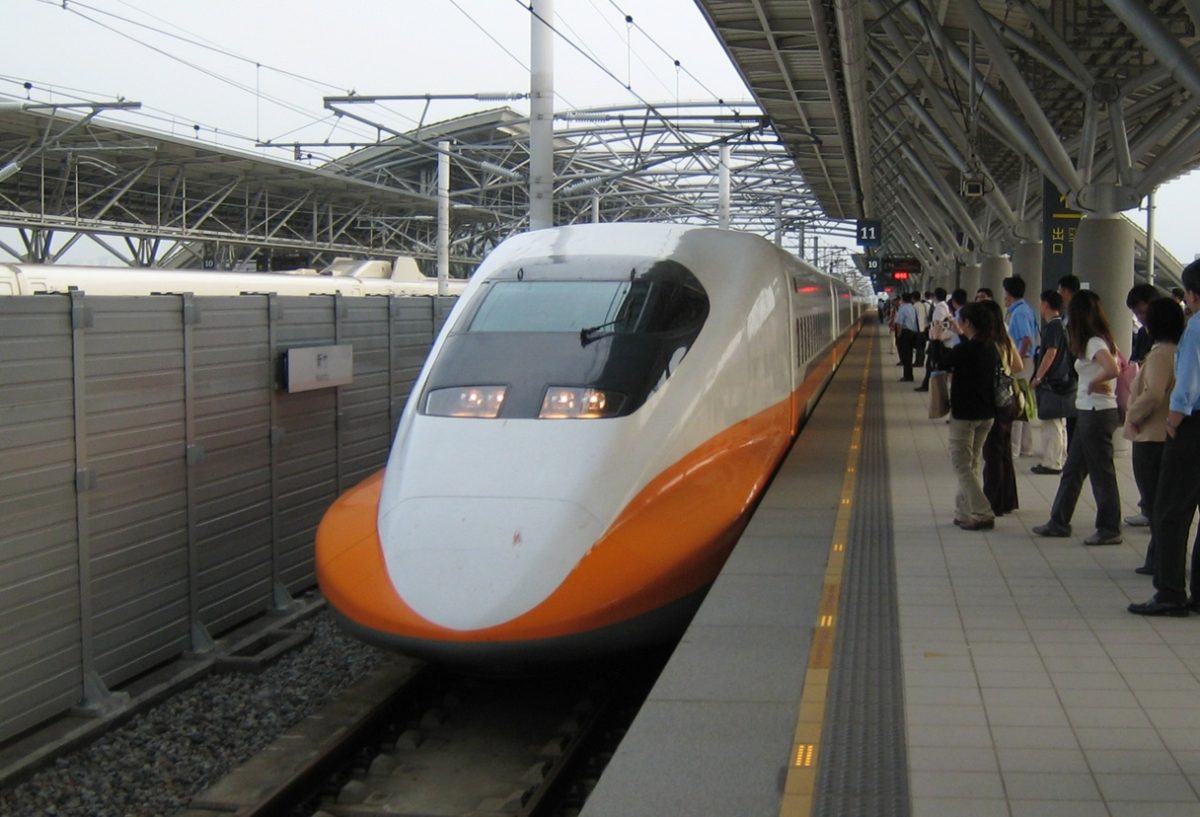One of Hollywood’s most recognizable names stands on an August afternoon in the California sun. Jack Black, who is notably wearing a shirt with a huge dog face paired with swim trunks, is standing, holding up a sign.
“SAG- AFTRA on Strike!”
Black was among 160,000 other actors across the United States formerly on strike. SAG-AFTRA (the Screen Actors Guild) was striking on account of poor working conditions in Hollywood, issues which echo throughout the film industry. As streaming takes over as the primary source of viewing shows and movies, actors demand to be paid fairly for their work, and since the film industry was not built around streaming, many actors are not being properly compensated.
Despite the high profile of the SAG-AFTRA strike, Hollywood isn’t the only industry that is experiencing a strike. And while the number of workers who have gone on strike this year, a bit over 300,000, is a fraction of what it was in the glory days of unions in the 1950s, the number still strikes fear into the hearts of CEOs of large corporations, whose employees are demanding better working conditions.
Many Americans might sympathize with the CEO and shareholders who are risking losing profit due to union membership and strikes. Some even are in opposition to expansion of union rights, like John Falcone, a former union member.
“In my mind,” Falcone said, “it’s just a union boss’ money grab.”
Because unions charge membership, some workers and anti-union critics believe that unions are just a way for their organizers to make money off the workers without contributing anything meaningful to the work environment, though there is little data to support this position.
But despite fear mongering about unions, largely pushed by large corporations, unions work. They work well. And in the current working conditions, they are very much needed.
Working conditions in many places in the U.S. are beyond poor. Amazon’s warehouses, which aren’t particularly known for their workers’ rights, have faced three OSHA (Occupational Safety and Health Administration) citations in 2023 alone, citing unsafe working conditions. Due to Amazon’s obsession with speed, workers are pushed beyond their limits. The solution? Unions.
In April of 2022, the Staten Island Amazon warehouse became the first Amazon workplace to unionize, but this was no small feat for the workers. Amazon has employed an array of techniques, some of which are alleged to be illegal, to prevent the workers from unionizing. Companies implement strategies from firing workers who attempt to unionize their workplace to closing unionized stores.
Despite what companies such as Amazon might want you to think, the majority of Americans support unions. Two-thirds of Americans favor unionization, while 57% of those surveyed believe that unions are good for their companies.
And they aren’t wrong. States with high union membership have significantly lower rates of uninsured workers. Workers in those states earn on average $12,000 more yearly than those in low density states. The vast majority of union workers have access to paid sick leave, 93%, compared to only 75% of those not in unions.
If unions are so effective at improving the lives of their workers, then it may be confusing why large companies spend hundreds of millions of dollars to avoid their workers unionizing? The answer is simple: unions mean more power for the worker.
Since unions can increase salary and benefits by as much as 30%, companies do not look favorably upon them. But even more so, in the current stage of capitalism, large companies have gotten used to a disproportionate power imbalance between them and their workers.
Workers that aren’t unionized often have no effective ways of bargaining with their employers. Often enough, the options a worker has are limited to: deal with it, or quit. And for low income workers providing for themselves and their family, quitting is not an option. So, millions of Americans endure inhumane working conditions, because they are truly out of options. 1 in 5 American workers experience abuse or harassment in the workplace, while more than half engage in intense or repetitive physical labor, at times being exposed to hazardous materials and environments.
This is a problem that companies do not seek to address through effective channels. Sure, companies will pride themselves on their $15 starting wages and perks they offer to their employees. But if they truly wanted to improve the lives of their workers, they’d do what is most effective‒allow their workers to unionize and then cooperate with the union. But alas, late stage capitalism in its current state does not allow for this sort of humanity. If profits are not increased by a certain action, companies are not interested.
So, what do we do from here? Well, even though we have protections against union-busting in place, strengthening and enforcing these laws would greatly help workers clear their path to a more fair workplace. It’s time we properly protect unions and give power back to the working class.








